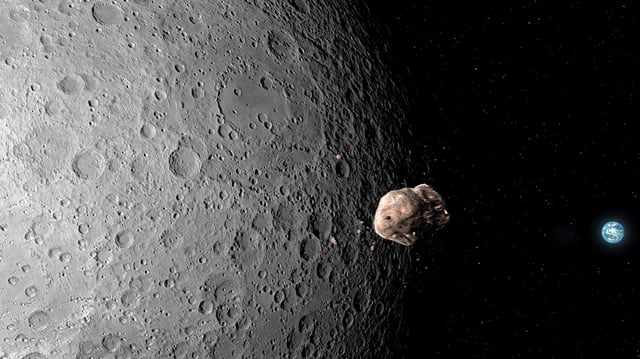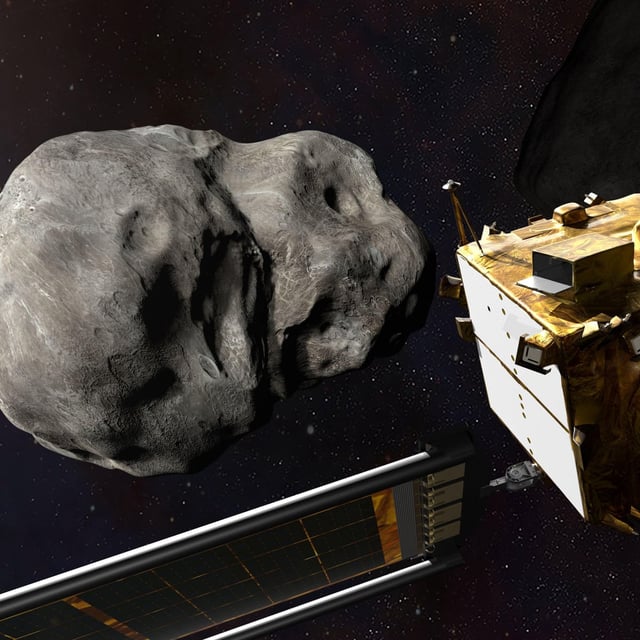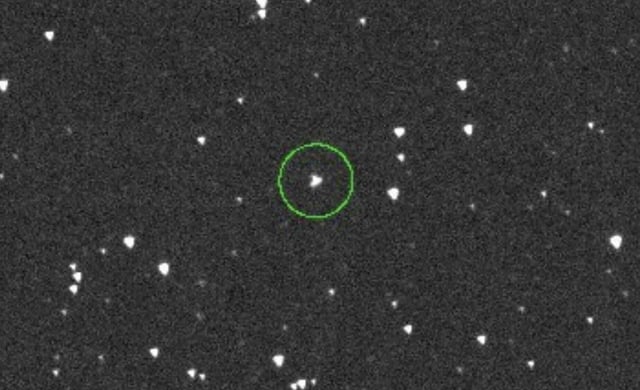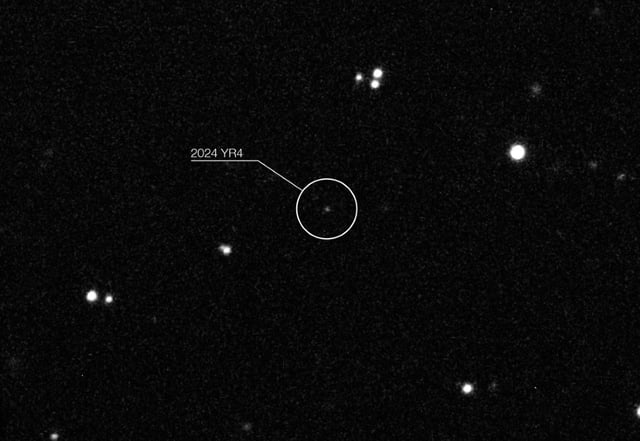Overview
- James Webb Space Telescope observations in May boosted the chance of a December 22, 2032 lunar impact to 4.3 percent.
- Impact simulations estimate an energy release of about 6.5 megatons of TNT and the formation of a roughly one-kilometer-wide crater.
- Up to 100 million kilograms of lunar material could be launched into space, with as much as 10 percent drawn toward Earth’s orbit.
- Projected ejecta could damage thousands of satellites in low Earth orbit and create a bright but brief meteor shower visible from the ground.
- Researchers have recommended planning a planetary defense mission before the asteroid becomes observable again in 2028 to refine its trajectory and reduce risk.



